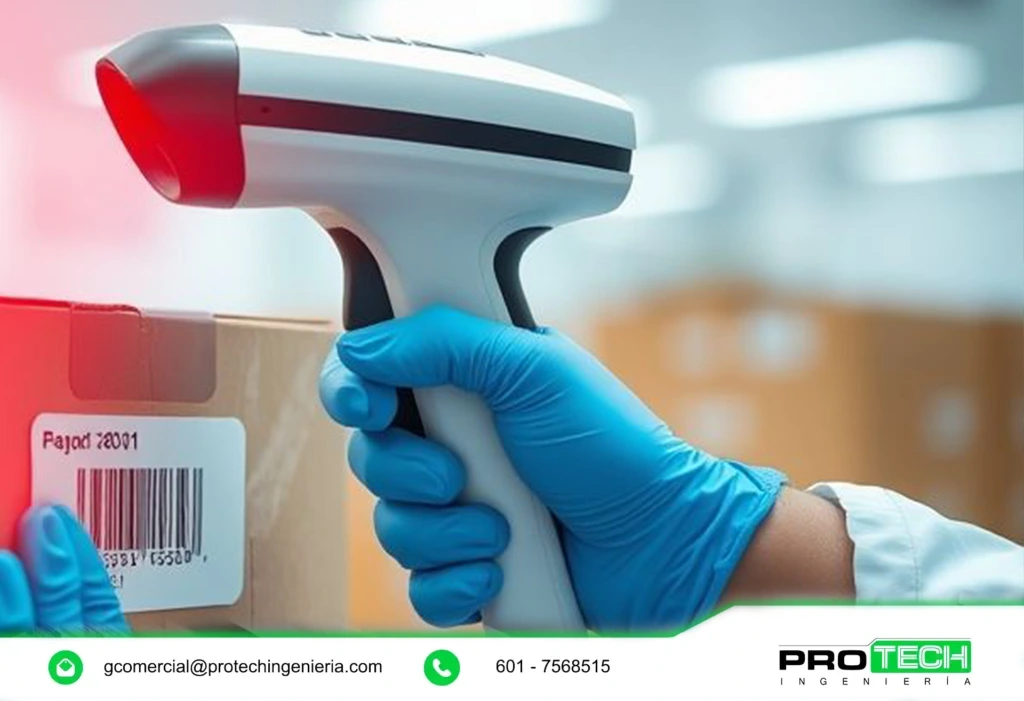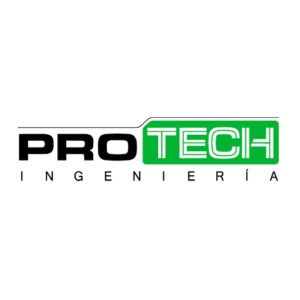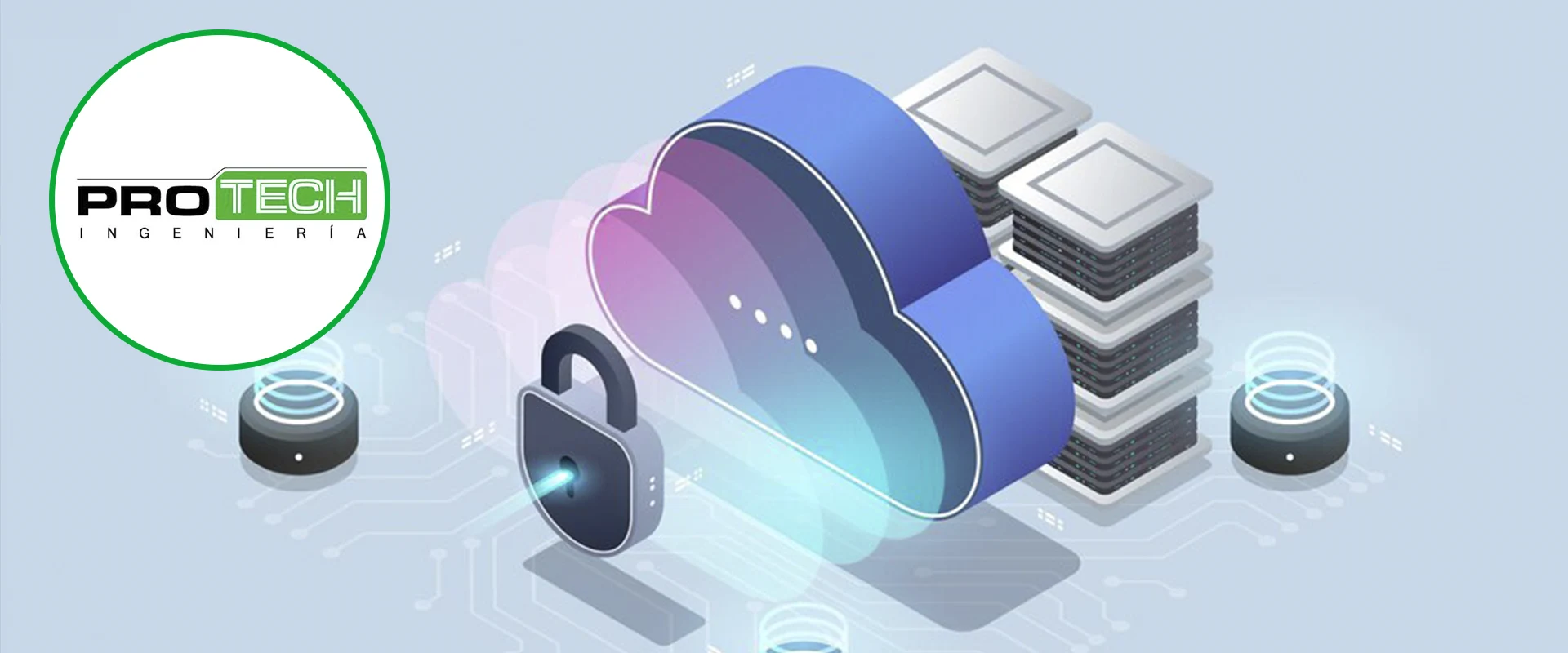RFID, with the ability to read and write remotely the vast information contained in RFID tags, is increasingly being used in more applications. As mentioned earlier in other blog articles, the technology itself has existed for a long time, experiencing exponential growth in terms of functionalities provided and cost reduction in recent years. This is precisely what will allow us to implement RFID in the document management sector. Since its inception, RFID has focused on replacing barcodes, which offers a range of significant benefits. However, RFID has been discovered to have uses in various fields and in ways that were unimaginable at first: security, personnel management, logistics, product tracking, and file management.
What type of RFID is advisable for file monitoring?
The choice of RFID type depends on its use. Typically, there are four types of RFID: UHF (Ultra High Frequency) ISO15693, ISO14443A, and B. There are other types that are not used for file tracking.
We suggest using a UHF tag for tracking your files, as it has a range of about 30 feet, which is more than enough to track files throughout your warehouse or office building.
Features
- Quick review of tagged documents and packages, even when stacked: Review of stacked tagged documents that only require careful separation, such as paper. It writes and reads securely from stacked, interleaved, or tactile tags.
- Real-time visibility: Understand any document at any moment, saving time in document retrieval. With increased efficiency, productivity can be enhanced by reallocating saved time to more value-added activities. Audit monitoring report.
- Generate audit tracking reports: Display a document summary. This facilitates the location of lost documents and reduces document loss.
How does RFID file management/tracking work?
RFID tags are attached to documents and files, and then placed on shelves. An RFID reader is positioned on each shelf so that, when a tag passes by, it collects the information from the tag and transmits it to a server or database.
The reader can be a portable device or firmly mounted on a wall to quickly scan multiple items simultaneously. There are readers that operate on batteries, allowing them to be used in areas without electricity (such as in a shelter camp in case of an earthquake).
What range can you find a specific tagged document within?
The range for locating a specific tagged document will vary depending on the type of tag used and the reader. Tags typically have a reading range of up to 10 meters (33 feet), however, many systems provide longer ranges. If you need to track documents that move over long distances, you may prefer a longer reading range compared to if your documents are very close together or don't move much. In any case, there is no "exact" answer regarding how far apart your readers should be; it all depends on what is consistent with your company's needs.
RFID System Components for Document Management
To develop a fully functional RFID file management system, the following components are required:
-
RFID Reader
This is the device that interprets the tags and transmits the information to the computer or laptop.
-
RFID Tag
The tag contains data such as the document number and its title.
-
RFID Antenna
An antenna allows a reader to identify and read an RFID tag, even if it's not in direct line of sight with the reader, as long as both are within range of each other, typically up to 30 feet (10 meters).
-
Computer or Portable Device
It runs software capable of interpreting data from all the tags into a database file on the computer's hard drive, enabling subsequent access through Microsoft Office applications like Word or Excel.

Main Functions of RFID in Document Management
1. Traceability and Localization
Implementing RFID will make it easier to know the status of a document and track it in real time, significantly reducing the waiting times associated with conventional methods. Understanding the location of documents will help reduce losses and the effects linked to them, as well as significantly decrease the time required to locate them.
2. Security
Having documents identified remotely can facilitate the implementation of security mechanisms that monitor who has access to certain documents or the issuance of specific documents from restricted areas.
3.Chain of Command
When we have read/write tags, we can add them to the same signatures to confirm the content of documents.
In summary, its implementation will offer a range of benefits, the most notable being the opportunity to incorporate the physical documents we have, usually paper, into our organization's management system, allowing for tracking, localization, and security functions.
RFID Tags Compatible with Document Management
To manage or track documents, a small and discreet tag is required. Additionally, a tag that requires a simple adhesion process, such as a self-adhesive one, is needed. Therefore, some types of tags are perfect for document management.
Paper Tags
As the name suggests, these tags are made of paper with an embedded insert inside. They are small in size and can be easily inserted into the covers of documents.
Wet Inlay Tags
In contrast to a tag, an inlay only includes an antenna and an RFID chip, located on a thin substrate. Wet inlays are adhesions with an adhesive backing. The main benefit of an inlay is that it requires minimal space for installation. Additionally, they can be installed on paper. Therefore, for important documents or files, a wet inlay can be applied.
Dry Inlay Tags
They are similar to wet inlays, but they do not have an adhesive side, so you need to apply the adhesive manually before use.
Self-Adhesive Polyester Tags
Polyester is water-resistant; these tags have a coated polyester inlay. They are versatile and have a back that adheres.
Transform your business today!
Let us demonstrate the advantages of this technology in a personalized meeting. We are confident that your company will experience a significant change in the way it manages information.








